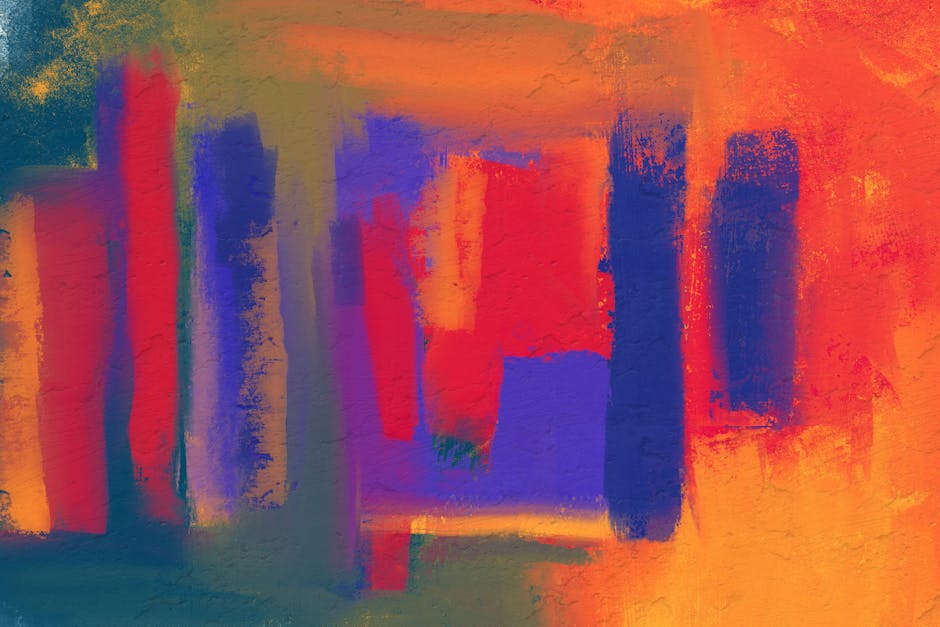Unveiling the intricate tapestry of Palestinian artwork, this exploration dives into its profound impact on contemporary designs. From timeless symbols to the bold strokes of modern creativity, Palestinian art has been a vibrant source of inspiration, weaving its historical depth into the very fabric of present-day design aesthetics.
The roots of Palestinian artwork
Palestinian artwork, with its centuries-old legacy, serves as a profound statement of identity, resilience, and the undying spirit of a people tethered to their land. The rich tapestry of this art form is deeply embedded in the soil of Palestine, each piece telling a story of survival, hope, and the unbreakable connection to their ancestral home. From the intricate patterns of traditional embroidery to the bold abstraction in modern painting, Palestinian artists have continually drawn from their rich history to express both their collective memory and individual narratives.
This historic genre is not just a reflection of cultural heritage but also a dynamic medium through which contemporary issues are confronted. The seamless integration of traditional motifs with new mediums and techniques demonstrates the adaptive nature of Palestinian art, making it both a guardian of heritage and a pioneer of innovative design.
Symbols and motifs in Palestinian art
Symbols and motifs in Palestinian art are rich with meaning, encapsulating stories, beliefs, and aspirations. One of the most iconic symbols, the olive tree, represents connection to the land, peace, and resilience. Similarly, the use of keys in artwork symbolizes the enduring hope of return by Palestinian refugees. These motifs are not only aesthetically significant but are imbued with profound socio-political narratives, reflecting the artists’ deep-rooted connection to their culture and the ongoing struggle for self-determination.
Embroidery, known as Tatreez, is a traditional Palestinian art form that has been passed down through generations. It features a variety of motifs that are rich in symbolism, each region in Palestine having its distinct style and pattern language. These motifs include the cypress tree, signifying resilience and immortality, and the grapevine, representing abundance and prosperity.
Contemporary designers inspired by Palestinian heritage
In the world of contemporary design, the influence of Palestinian heritage is palpable, with designers across the globe drawing inspiration from its rich cultural motifs and history. These designers are not merely replicating traditional patterns but are incorporating Palestinian techniques and symbols into modern designs, creating a fusion that celebrates Palestinian identity while resonating with global audiences.
Palestinian art in modern fashion
The foray of Palestinian art into modern fashion illustrates a bold conversation between tradition and contemporary style. Fashion designers, captivated by the narrative and beauty of Palestinian artwork, weave these elements into their collections, making statements that transcend borders. This integration not only pays homage to the rich Palestinian culture but also brings to the forefront the versatility and innovation inherent in Palestinian art, making it a staple on international runways.
The presence of Tatreez embroidery in modern fashion is a testament to the enduring heritage of Palestinian art. This traditional technique finds new life in high fashion, with designers incorporating it into both casual wear and haute couture. The embroidery, with its intricate detailing and vibrant patterns, serves as a bridge between Palestinian artisans’ rich history and the global fashion arena, showcasing the timeless appeal of Palestinian craftsmanship.
The global impact of Palestinian artwork
The global impact of Palestinian artwork is a narrative of resilience, identity, and the universal language of art. Across continents, Palestinian art has found resonance, breaking through cultural and geographical barriers to tell its story. International exhibitions and collaborations have played a pivotal role in amplifying the reach of Palestinian art, presenting it not only as a form of cultural expression but also as a potent vehicle for dialogue and understanding across diverse communities.
The cross-cultural exchanges facilitated by Palestinian art underscore its significance in the global artscape. It challenges stereotypes and invites viewers to engage with the complexities of Palestinian history and identity, promoting a deeper understanding of the human condition through the universal mediums of art and design.
The Everlasting Imprint of Palestinian Art
The journey through the rich landscape of Palestinian artwork and its influence on contemporary design reveals a world where tradition and modernity blend seamlessly. Through the exploration of symbols, motifs, and the stories behind the art, it becomes evident that Palestinian artistry is not merely a relic of the past but a thriving influence on the design world. Its capability to inspire innovation while preserving cultural identity showcases the enduring power and relevance of Palestinian art in today’s global design narrative.




